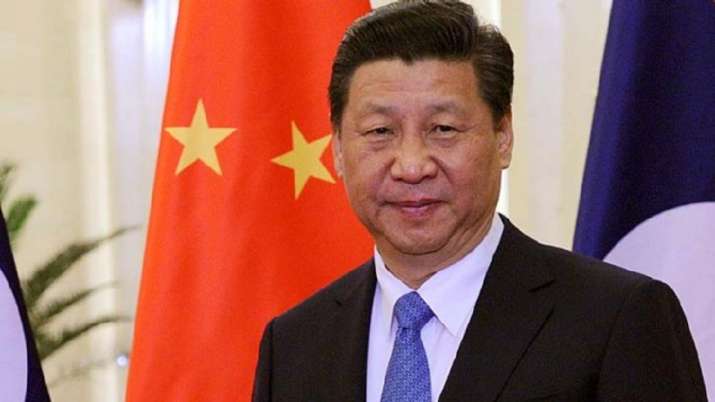


China and Nepal have this week signed 12 agreements “to enhance bilateral cooperation” in sectors including trade, road connectivity, and information technology. The signing of agreements took place after Chinese Premier Li Qiang and his Nepalese counterpart Pushpa Kamal Dahal ‘Prachanda’ held wide-ranging talks in Beijing. Prachanda, who was on a week-long trip to China, has now wrapped up his political and official engagements in Beijing, marking the conclusion of the closely-watched visit. There is no denying that the visit of the Maoist leader was closely watched in New Delhi and Washington. Both the US and India are aware that the agreements and MoUs signed between Nepal and China may have geopolitical implications.
During his meeting with Prachanda, China’s President Xi Jinping is learnt to have promised to transform Nepal from landlocked to land-linked nation. Xi has promised to fast-track Chinese funded projects in Nepal. There is no denying that the Nepalese people and leaders must be feeling euphoric over Xi’s promises and numerous commitments and bilateral agreements that have been signed during Prachanda’s visit to Beijing. But it will be interesting to monitor and watch how the implementation of the agreements takes place. In fact, the past records of China’s agreements and commitment are already there for Nepal to take a lesson from. With the past experience in the background, the Nepalese government should take Xi’s promise with a pinch of salt. Twenty agreements had been signed when Xi Jinping visited Kathmandu in October 2019. His visit was intended to ostensibly help Nepal develop, connect, and trade better. But what followed Xi’s visit came as a sheer disappointment for the people of Nepal. Everybody saw how Chinese investment in, and exports to, Nepal increased. But China had shut its borders with Nepal, preventing Nepalese exports. Most of the projects that were promised by Xi during his visit to Kathmandu could not even take off even a little bit so far. The trade and transportation agreement between Nepal and China in 2016, which made the Nepalese establishments and people euphoric, could not materialise till date. Similarly, the two nations also signed Belt and Road Initiative (BRI) agreement in 2017 but there is no forward movement in the projects under the BRI, with Kathmandu at times expressing disappointment on record and in public. What the Nepalese government should not close its eyes to is that the rail network that China promised through the difficult and tough terrain of the Himalayas to Kathmandu has also come to nought. The question therefore is whether China is again trying to expand its predatory debt trap in Nepal by dangling temptation of developmental projects which would never see the light of day. Will China not ramp up its activities behind the smokescreen of projects with the only intention and motive to intervene in the internal matters and internal politics of Nepal? Can Nepal forget how China had closed all the operational borders with it during the Covid-19 pandemic? Kathmandu is aware how Chinese projects – Pokhara and Lumbini international airports—have become a burden on Nepal. There are reports how Nepal has been incurring a huge economic loss due to the multi-million dollar Pokhara International Airport. No regular international flight operates at this airport even eight months after its inauguration. This way, the country is not able to pay off the loan. What will happen then? The debt trap will continue to pile up, leading to a situation where Nepal won’t be able to come out of the mess which is what China wants. Consequently, the Himalayan nation will be forced to obey what the Chinese rulers say. Needless to say, China always wants to use Nepal’s soil for anti-India activities. This is how China went on to sell one dream or the other to Nepal. This is exactly what Beijing has done again during Prachanda’s visit. The two countries have signed a dozen agreements and memorandums of understanding, but none of the agreements involved BRI projects.
It means Prachanda could not succeed in ironing out the existing differences over the pending projects under the BRI. Prachanda’s Beijing visit came at a time when people in Nepal hit the streets in protest against China for its new map which did not exhibit Kalapani, Lipulekh and Limpiyadhura regions as part of Nepal. Nepal Student Union, affiliated with the Nepali Congress, staged a demonstration outside the embassy of China in Kathmandu in protest against the move a week ago. This development is sufficient to expose China’s real intention in terms of its ties with Nepal.